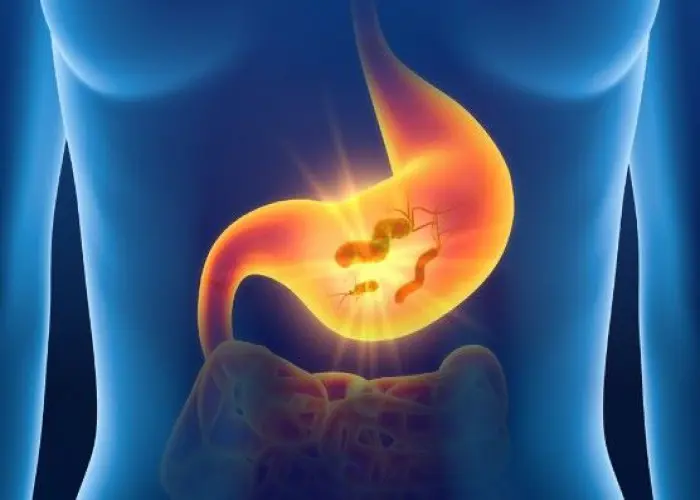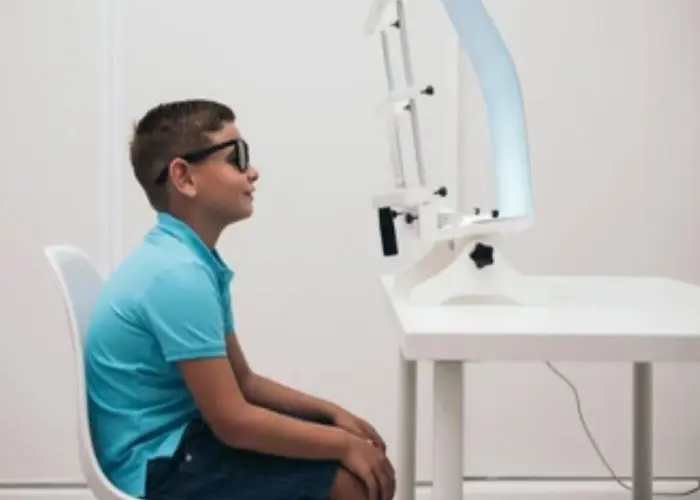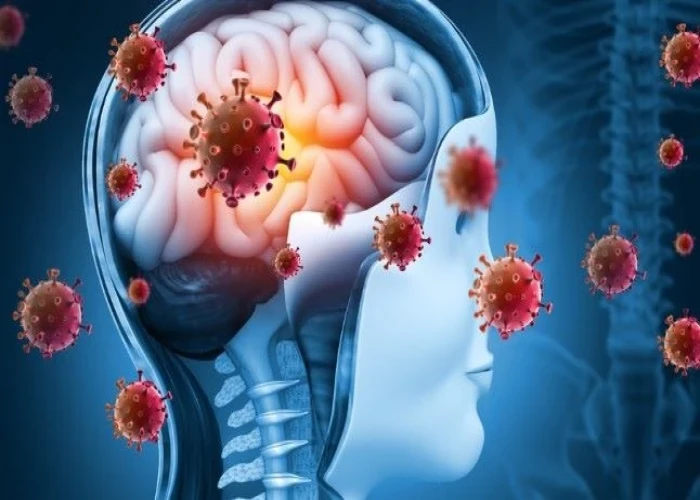 Welcome
Welcome
“May all be happy, may all be healed, may all be at peace and may no one ever suffer."
Progressive supranuclear palsy

Progressive supranuclear palsy (PSP) is a rare neurological disorder that affects movement, balance, vision, and cognition. It is caused by damage to certain areas of the brain, particularly the brainstem and basal ganglia, which are responsible for controlling movement.
PSP is a progressive disease, meaning that symptoms gradually worsen over time. Some of the most common symptoms of PSP include difficulties with balance and coordination, frequent falls, stiffness and rigidity of the limbs and neck, difficulty with eye movements and focusing, slurred speech, and cognitive impairment.
The exact cause of PSP is unknown, although it is believed to be related to a buildup of a protein called tau in the brain, which leads to the death of brain cells. PSP is often misdiagnosed initially, as symptoms can be similar to other neurological disorders such as Parkinson's disease.
There is no cure for PSP, and treatment is focused on managing symptoms and improving quality of life. Medications may be used to manage symptoms such as stiffness and tremors, and physical therapy may be recommended to maintain mobility and strength. Speech therapy may also be used to help with communication difficulties, and cognitive therapy may be used to address any changes in thinking or behavior.
Due to the complexity of the condition, care for people with PSP may require a multidisciplinary team of healthcare professionals, including neurologists, physical and occupational therapists, speech-language pathologists, and mental health professionals. Research into new treatments and potential cures for PSP is ongoing.
Research Papers
Disease Signs and Symptoms
- Stiffness of neck muscles
- Impulsive behavior, possibly including laughing or crying for no reason
- Loss of interest in pleasurable activities
- Stiffness and awkward movements
- Dizziness (vertigo)
- Anxiety
- Difficulty falling asleep at night
- Sensitivity to light (Photophobia)
- Difficulty swallowing (dysphagia)
- A surprised or frightened facial expression, resulting from rigid facial muscles
Disease Causes
Progressive supranuclear palsy
The cause of progressive supranuclear palsy isn't known. The signs and symptoms of the disorder result from deterioration of cells in areas of your brain, especially those that help you control body movements and thinking.
Researchers have found that the deteriorating brain cells of people with progressive supranuclear palsy have excess amounts of a protein called tau. Clumps of tau are also found in other neurodegenerative disorders, such as Alzheimer's disease.
Rarely, progressive supranuclear palsy occurs within a family. But a genetic link isn't clear, and most people with progressive supranuclear palsy haven't inherited the disorder.
Disease Prevents
Disease Treatments
Although there is no cure for progressive supranuclear palsy, treatments are available to help ease symptoms of the disorder. The options include:
- Parkinson's disease medications, which increase levels of a brain chemical involved in smooth, controlled muscle movements. The effectiveness of these medications is limited and usually temporary, lasting about 2 to 3 years in most patients.
- OnabotulinumtoxinA (Botox), which may be injected in small doses into the muscles around your eyes. Botox blocks the chemical signals that cause muscles to contract, which can improve eyelid spasms.
- Eyeglasses with bifocal or prism lenses, which may help ease problems with looking downward. Prism lenses allow people with progressive supranuclear palsy to see downward without moving their eyes down.
- Speech and swallowing evaluations, to help you learn about alternative means to communicate and safer swallowing techniques.
- Physical therapy and occupational therapy, to improve balance. Facial exercises, talking keyboards, gait and balance training also can help with many of the symptoms of progressive supranuclear palsy.
Researchers are working to develop medication to treat progressive supranuclear palsy, including therapies that may block the formation of tau or help to destroy tau.
Disease Diagnoses
Disease Allopathic Generics
Disease Ayurvedic Generics
Disease Homeopathic Generics
Disease yoga
Progressive supranuclear palsy and Learn More about Diseases

Gastritis

Polymyositis

Cholecystitis

Mold allergy

Heartburn (Acidity)

Convergence insufficiency

Frostbite

Meningitis
Progressive supranuclear palsy, প্রগ্রেসিভ সুপ্রানুক্রিয়া প্যালসি
To be happy, beautiful, healthy, wealthy, hale and long-lived stay with DM3S.
